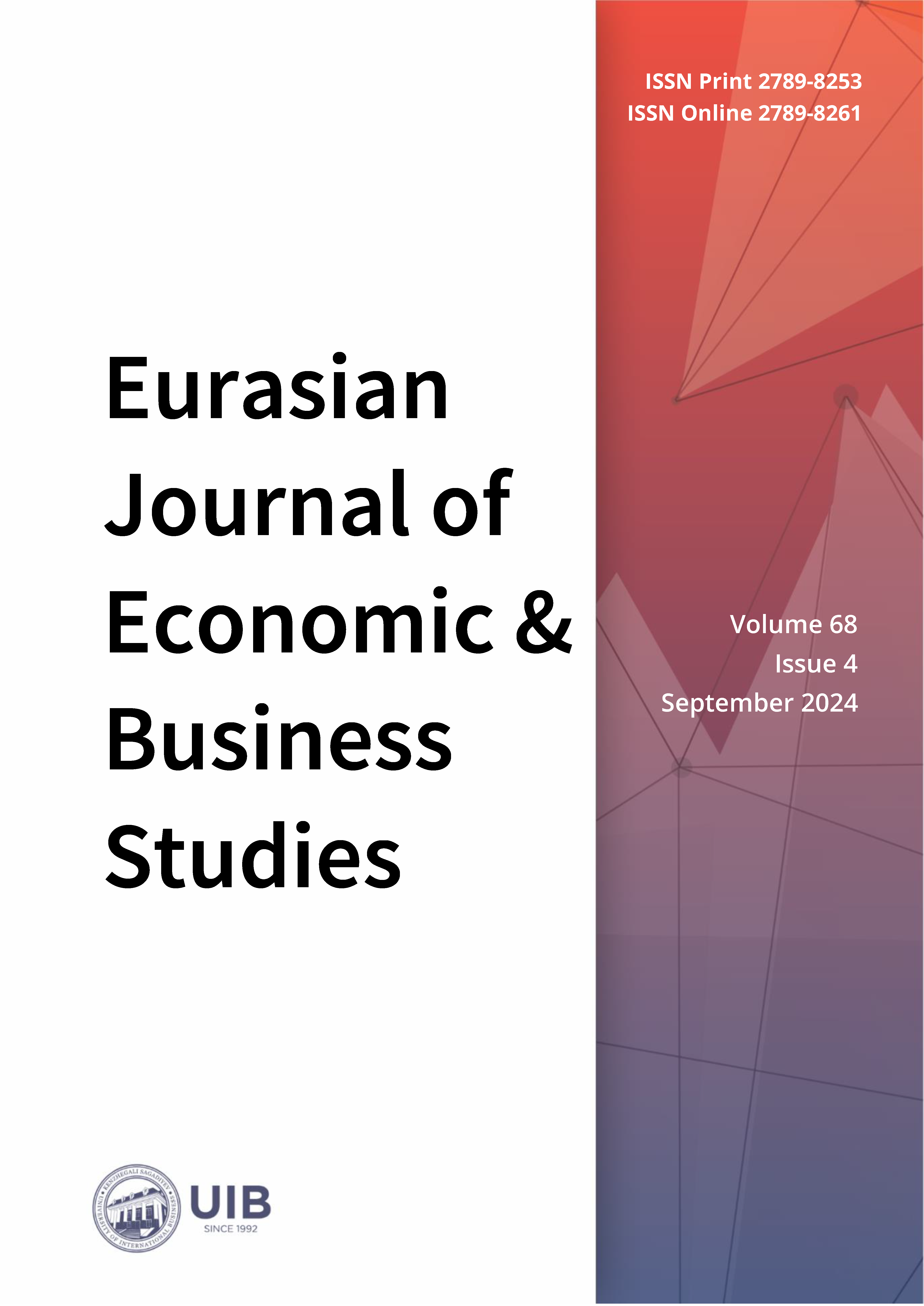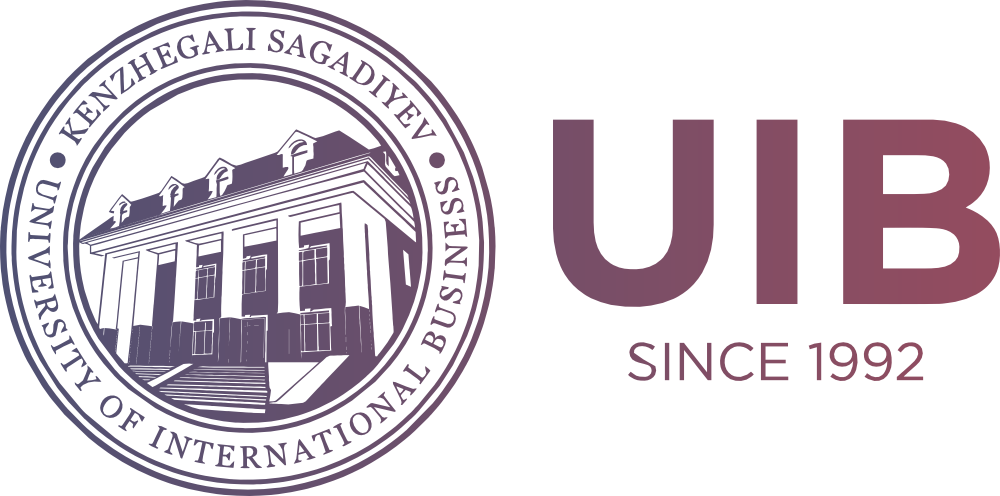Sustainable Agricultural Transformation: Insights from the Emilia-Romagna Region
DOI:
https://doi.org/10.47703/ejebs.v68i4.436Keywords:
Smart Agriculture, Family Businesses, Agribusiness, Sustainable Development, Digitalization, Region, Regional Development, Emilia-RomagnaAbstract
Today, Kazakhstan's agricultural industry remains one of the most risk-prone, heavily influenced by adverse weather conditions, volatile market prices, and insufficient infrastructure. The study aims to assess opportunities for enhancing Kazakhstan's agricultural sector's competitiveness through the adoption of smart technologies, drawing lessons from the Emilia-Romagna region in Italy. The research employs a combination of comparative analysis and case study methodologies to evaluate the applicability of international best practices in the context of Kazakhstan's agricultural development. The study relies on a variety of data sources, including government reports, international case studies, and performance metrics from both Kazakhstan and the Emilia Romagna Region. The findings demonstrate that integrating technologies such as IoT, robotics, and blockchain can improve productivity, sustainability, and market attractiveness in the agricultural sector. The study also highlights the need to enhance farmer and manager competencies and promote family businesses and cooperatives. By adopting these strategies, Kazakhstan could address the existing challenges in its agricultural sector, reduce vulnerabilities, and create a more robust agro-industrial ecosystem. Future research should focus on developing specific pilot programs that apply these integrated approaches at a regional level, as well as assessing the long-term impacts of digital and sustainable practices in enhancing the competitiveness of Kazakhstan's agricultural sector.
Downloads
How to Cite
Downloads
Published
Issue
Section
License

This work is licensed under a Creative Commons Attribution 4.0 International License.
Authors retain copyright and grant the journal right of first publication with the work simultaneously licensed under a Creative Commons Attribution (CC-BY) 4.0 License that allows others to share the work with an acknowledgment of the work’s authorship and initial publication in this journal.



